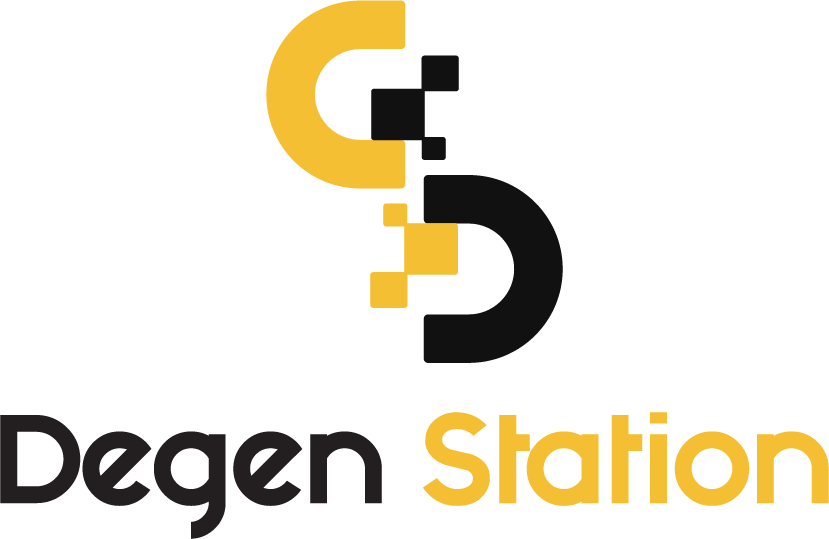Reflecting on Ethereum's Proud 8-Year Development Journey

July 30, 2023 marks 8 years of maturity and development since the Ethereum Foundation announced the launch of its network.

Reflecting on Ethereum's Proud 8-Year Development Journey
The genesis block of Ethereum was activated on July 30, 2015. Former CCO of the Ethereum Foundation, Stephen Taul, posted an article about this milestone.
Today is the 8th birthday of #Ethereum. ? https://t.co/q0YlItYN3e— Coin68 - Daily Crypto News (@coin68) July 30, 2023
Blog post:
"I and the Dev team would like to extend our heartfelt thanks to every user who has supported the project over the past year and a half. It's truly remarkable to witness the progress that has taken place since the initial commitment on Christmas Eve 2013. The vision of a 'world computer' resistant to censorship that anyone can program and pay for what they use has now become a reality."
Simple Beginnings, Extraordinary Vision
Ethereum, in its infancy, was co-founded by a lineup of crypto luminaries, including Vitalik Buterin - still actively contributing to the network. Alongside were contributions from Gavin Wood, Charles Hoskinson, Anthony Di Iorio, and Joseph Lubin.
Ethereum's 8th "birthday" today 🎂 pic.twitter.com/MxuwAZwzr7
— Takens Theorem (@takenstheorem) July 30, 2023
The story began with 19-year-old programmer Vitalik Buterin nurturing a dream to create a common language for developing blockchain applications, laying the foundation for Ethereum in 2013.
A year later, Vitalik published the project's whitepaper. The document outlined his vision for a versatile blockchain platform capable of deploying complex applications and automating contracts without intermediaries. This idea quickly became a sensation in the crypto and global tech communities.
Simultaneously, the Ethereum Foundation was established with the goal of realizing its vision, promoting, and developing the community. The initial fundraising round was incredibly successful, raising 30,000 Bitcoins (worth about $18 million USD at the time), continuing to propel the project forward.
Post-Mainnet Challenges
Ethereum transitioned to its mainnet phase on July 30, 2015, marking this date annually as the network's birthday.
During this time, challenges increased with a security vulnerability surfacing, sparking debates about the network's security. In June 2016, The DAO - a project built on Ethereum's infrastructure - was attacked, resulting in damages amounting to 3.6 million ETH, equivalent to $50 million USD at the time.

Read more: “The DAO” and Ethereum Classic – A 2-Year Retrospective
The Ethereum development team swiftly responded, addressing the incident. Subsequently, Ethereum Classic was born, a blockchain that coexists and continues from Ethereum's original chain without forking. Despite challenges, Ethereum maintained its leading position in the industry to this day.
Ethereum 2.0 Brings Hope
To achieve its current state, Ethereum has undergone several "makeovers" through upgrades, updates, and rigorous testing of new features. All aimed at improving security and addressing scalability challenges.
On this 8th birthday of #Ethereum, a little throw back to May 2, 2015, in Tokyo🇯🇵, just before #ETH was officially born. @VitalikButerin stayed in my apartment in Tokyo during this trip. He was already working on and talking about ETH non-stop. And I still missed (didn't buy)… pic.twitter.com/84B6KN73Qf
— CZ 🔶 BNB (@cz_binance) July 30, 2023
One of the most significant upgrades in Ethereum's history is The Merge - the transition from the original Proof-of-Work (PoW) to Proof-of-Stake (PoS) consensus mechanism. The highly anticipated hard fork smoothly occurred in late 2022. Under PoS, users need to stake a certain amount of Ether as collateral to propose and validate new blocks, rather than relying on energy-intensive mining activities as before. This was followed by the successful Shanghai upgrade in April 2023, allowing validators to withdraw their staked ETH.
Happy birthday Ethereum! 🎂
— RYAN SΞAN ADAMS - rsa.eth 🦄 (@RyanSAdams) July 30, 2023
$400 billion in secured value, $3.6 billion in annualized profits, and a total of 17.8 million blocks of uncensorable digital property.
Not bad for an 8 year old.
Read more: Comparing Ethereum Proof-of-Work and Ethereum Proof-of-Stake
All these changes have given Ethereum a new look and strengthened its position in the blockchain industry. The most noticeable result is that the PoS merge has reduced the issuance rate of ETH, curbing inflation by 88.7% compared to previous levels.
Ethereum's Development Journey from 2015 to 2023
Following The Merge, the community eagerly awaits The Surge, starting with the anticipated Cancun upgrade expected to activate in Q3/2023, promising significant improvements in Ethereum's scalability. Additionally, Ethereum successfully implemented the Shanghai/Shapella upgrade in April 2022 to unlock 18.5 million ETH currently staked.
Details of past stages have been announced by Vitalik Buterin, inviting readers to view them here.
An "Audacious" 8-Year Journey
The journey has been neither too long nor too short, but sufficient for Ethereum to prove its leading position and become the world's most popular blockchain with numerous diverse applications.
In 8 years, Ethereum has processed 2.04 billion transactions, collecting approximately $16.5 billion USD in transaction fees. With the current transaction price of $1,874 USD, Ethereum's market cap stands at $227 billion USD, making it the second-largest cryptocurrency by market capitalization, after Bitcoin.

3D chart of ETH/USDT pair on Binance at 09:35 AM on July 31, 2023
Ethereum has played a crucial role in developing and expanding the decentralized finance (DeFi) ecosystem, NFTs, and many other blockchain-supported applications. With upgrades like Ethereum 2.0 and ongoing mergers, Ethereum continues to be a breakthrough force for the future and a global impact in the technology landscape.
The splendid 8-year journey of Ethereum's flagship is evidence of the blockchain's strength, despite persistent difficulties and challenges.





